'Safety turf' rubber mulch
woodswalker88
12 years ago
Related Stories
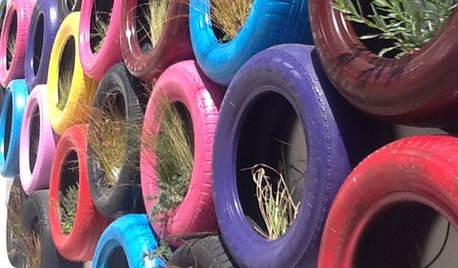
SALVAGECan We Bounce Some Great Recycled-Rubber Ideas Off You?
No need to bemoan that spare tire. Old rubber is getting a guilt-free second life as flooring, pavers, sinks and even furniture
Full Story
GARDENING GUIDESHow to Pick a Mulch — and Why Your Soil Wants It
There's more to topdressing than shredded wood. Learn about mulch types, costs and design considerations here
Full Story
GARDENING GUIDESNew Ways to Think About All That Mulch in the Garden
Before you go making a mountain out of a mulch hill, learn the facts about what your plants and soil really want
Full Story
BEFORE AND AFTERSSee 6 Yards Transformed by Losing Their Lawns
Wondering whether a turf lawn is the best use of your outdoor space? These homeowners did, and they found creative alternatives
Full Story
SAVING WATERHouzz Call: Are You Letting Go of Your Lawn?
Many facing a drought are swapping turf for less thirsty plantings. If you’re one of them, we’d like to hear about it
Full Story
LANDSCAPE DESIGN15 Great Ideas for a Lawn-Free Yard
End the turf war for good with hardscaping, native grasses and ground covers that save water and are easier to maintain
Full Story
LANDSCAPE DESIGNIs It Time to Consider Fake Grass?
With more realistic-looking options than ever, synthetic turf can be a boon. Find the benefits and an installation how-to here
Full Story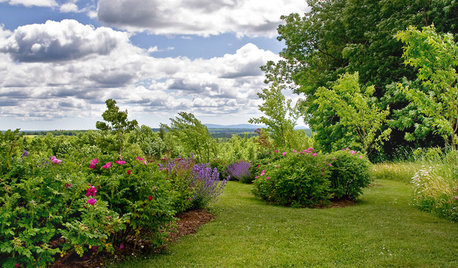
LANDSCAPE DESIGNYour Mini Guide to Great Garden Edges
Get the scoop on trenches to the skinny on bender board, to help keep your garden beds as tidy as you like
Full Story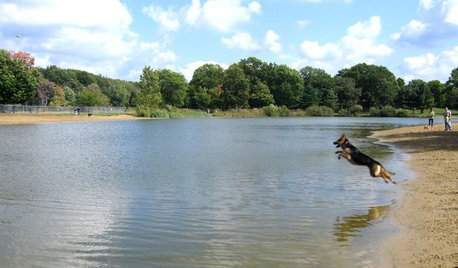
COMMUNITYDesigned for Dogs: 5 Fantastic Dog Parks Across the U.S.
Let your favorite pooch run wild at one of these specially designed public spaces. Not close by? Learn how to start a dog park yourself
Full Story
GARDENING AND LANDSCAPINGBid Bad Garden Bugs Goodbye and Usher In the Good
Give ants their marching orders and send mosquitoes moseying, while creating a garden that draws pollinators and helpful eaters
Full Story





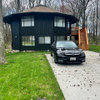
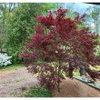

Tiffany, purpleinopp Z8b Opp, AL
missingtheobvious
Related Professionals
Tempe Landscape Architects & Landscape Designers · Forest Acres Landscape Architects & Landscape Designers · Bethlehem Landscape Contractors · Fort Atkinson Landscape Contractors · North Lauderdale Landscape Contractors · Norwalk Landscape Contractors · Panama City Beach Landscape Contractors · Pomona Landscape Contractors · Quincy Landscape Contractors · Tacoma Landscape Contractors · High Point Decks, Patios & Outdoor Enclosures · Leander Decks, Patios & Outdoor Enclosures · Marlboro Decks, Patios & Outdoor Enclosures · Paradise Valley Decks, Patios & Outdoor Enclosures · Tysons Corner Stone, Pavers & Concretelinda_schreiber
woodswalker88Original Author
linda_schreiber
Tiffany, purpleinopp Z8b Opp, AL
Frankie_in_zone_7
karinl